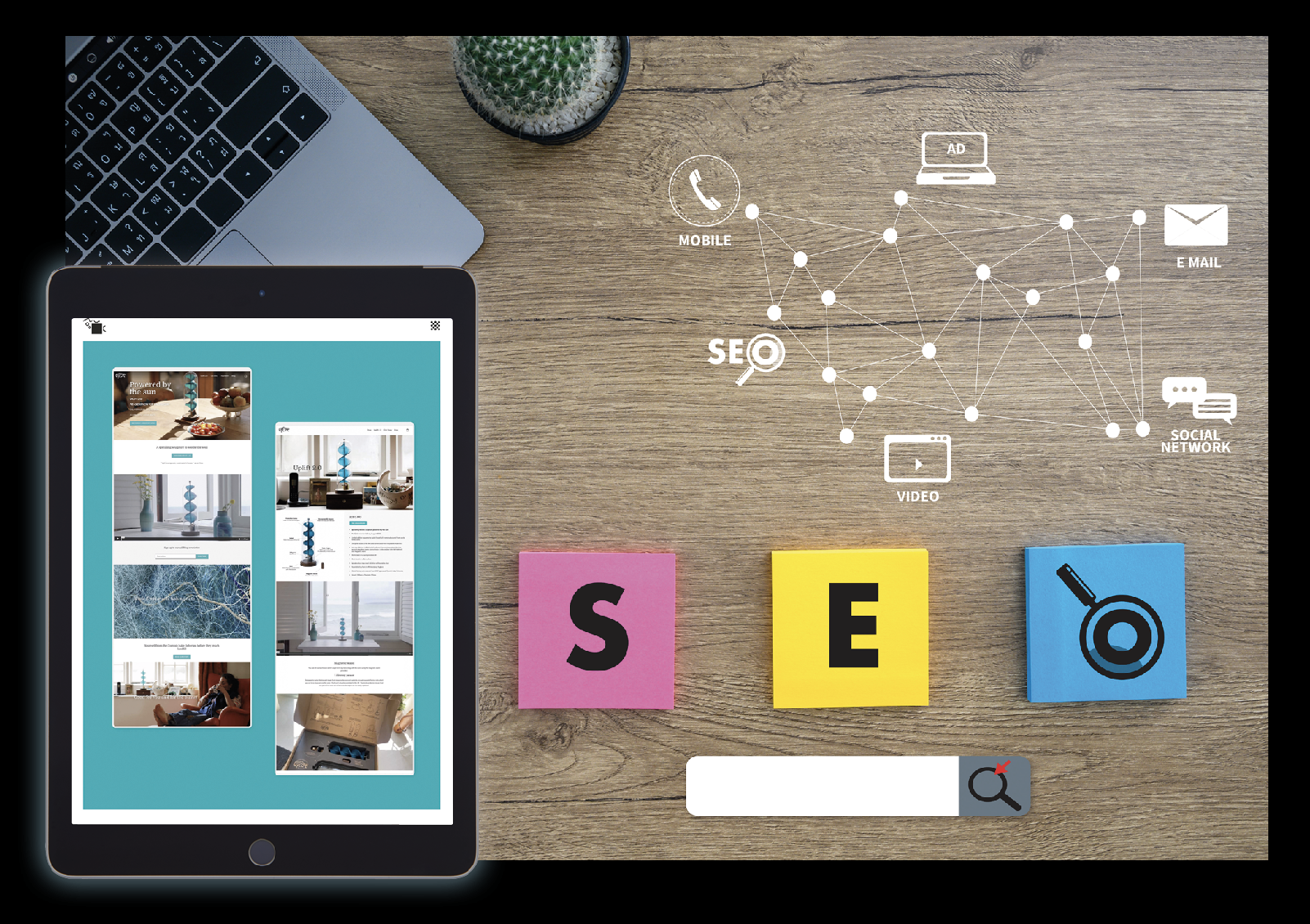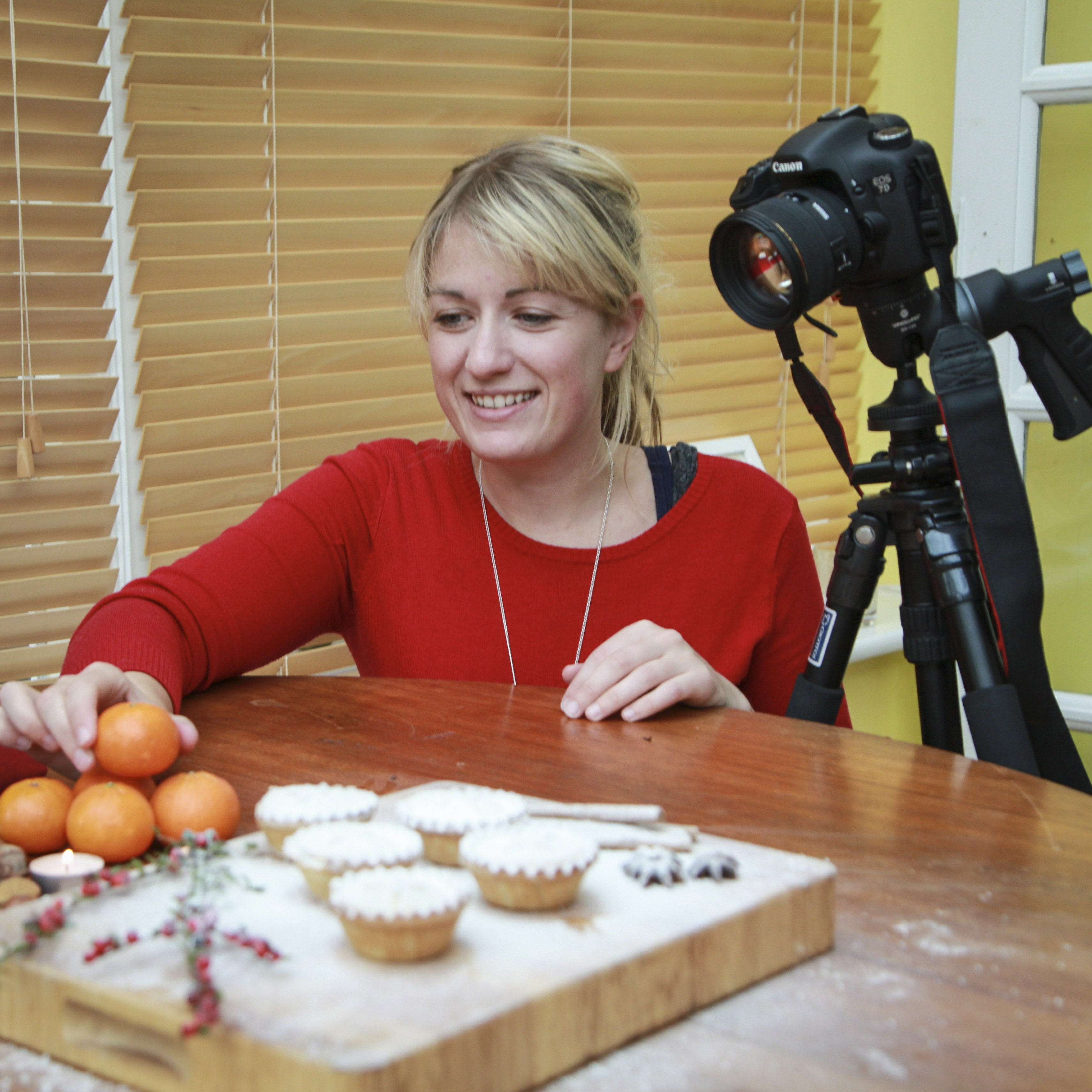How to build a brilliant photo website
Top tips for creating a website and getting it noticed using SEO

How do you get started?
Building a website is not as daunting as you might think, and it doesn’t need to cost much if you do it yourself. If you take on the challenge we recommend that you use a website builder – a templated website that you can customise.
When it comes to the best website builders, three that spring to mind are Wix, Squarespace and WordPress. All these work in a similar fashion; you create an account with your email, and design your website from the dashboard.
Once it has been published you can update your website at any time by simply logging into the dashboard online. For payment, most offer a yearly/monthly subscription service, but always remember to read any terms and conditions before you commit your money.
When posting images, resize them to 72dpi, and keep them as small as possible. The larger your images and the more you have, the slower your website will run.
What should you put on your website?
We are all guilty of including too much and prioritising images we are emotionally attached to. Selecting the right images, selling your business, and marketing yourself is a whole different skillset to being a photographer, so don’t be disheartened if this doesn’t come easy at first.
When it comes to your website you need to consider what service you are selling. Does your website say that? If you have too many images/genres it can be difficult for customers to define what you are.
If you simply want to have a website to showcase a mixture of images, segregate your work into genres that viewers can easily navigate. Most people only look at a website for a few minutes, so get across what you want to say in that time
Get the Digital Camera World Newsletter
The best camera deals, reviews, product advice, and unmissable photography news, direct to your inbox!
Should you put together a newsletter?
We recommend thinking about who your newsletters are for, what you want them to achieve, and if it is worth the effort. A daily newsletter is too much, so maybe a monthly newsletter could be a good start.
Newsletters can be incredibly useful for building your brand, marketing any upcoming events, and offering discounts and deals. However, there are pitfalls to avoid. Firstly, don’t make them too long or too short!
Newsletters that go on for anything longer than a page will not be read, but if it’s only a few words it will be hard to communicate anything of interest. Remember, you are competing with many other emails from other companies, so try to make your newsletter stand out. Using great imagery, the subject line of the newsletter and bold fonts are a great way to catch the reader’s attention.
When it comes to designing your newsletters, resources like Mailchimp, MailerLite and others will help you create eye-catching templated designs.
For UK citizens who are storing clients’ personal information (i.e. email addresses), familiarize yourself with the data protection law and General Data Protection Regulation (GDPR) guidelines.
How do you get your website seen?

SEO expert Dan Hinton from brand and web design studio Pixelfish gives his top tips for getting your website noticed.
What is SEO, and how does it work?
SEO is simply the means of how someone finds your website through online searches such as Google. The higher the ranking of your website, the more chance you’ll be visible to people searching online.
You can broadly split SEO into two areas; on-site SEO and off-site SEO. In simple terms, on-site is your website, the content and the code. Off-site would include inbound links from other sources. The more reputable, the more they’ll help you.
What top tips would you give to DCW readers for getting their websites noticed?
As a photographer, you have the benefit of beautiful imagery that can take centre stage. Take advantage of this fact. To achieve this you should be looking to keep things simple and adhere to some cornerstones in effective digital design.
A clean and straightforward page layout goes a long way, making use of negative space to help frame imagery and copy. If you add something that distracts from your photography, remove it. An asymmetric layout can help you curate a visual narrative as someone scrolls on your page.
And how about tips for increasing Google ranking?
Try your best to build a lightweight site. The smaller the file sizes and less code bloat you have, the faster your website will be – something that Google is increasingly prioritising.
Make sure to add clear ‘title’ and ‘alt’ tags in all of your images uploaded. Make them read as you would say them. Add reference to your name and copyright for each photograph.
Set up Google analytics so you can track visits along with submitting a ‘sitemap.xml’ to Google.
Customize your <title> tag and meta description found in your <header>. Make them more descriptive, but remember, brevity is still important.
It’s not an overnight process to achieve results. Think of it as something you regularly monitor and refine, observing the results.
Read more:
Best web hosting sites for photographers
Best VPN
Best website builders for photographers
Claire is a professional photographer and writer, and lives by the the sea with her two young children, husband and cat in the southwest of the UK.
After graduating from The Bournemouth Arts Institute with a first-class degree in photography, Claire worked for a number of years in the publishing industry, including as Technique Editor for Digital Camera magazine.
She loves anything and everything to do with photography, from creating magazine articles to photographing ballerinas on the beach and newborn babies (but not at the same time). She mainly shoots with digital DSLRs, but does dust off her beloved Hasselblad medium-format film camera once in a while…

